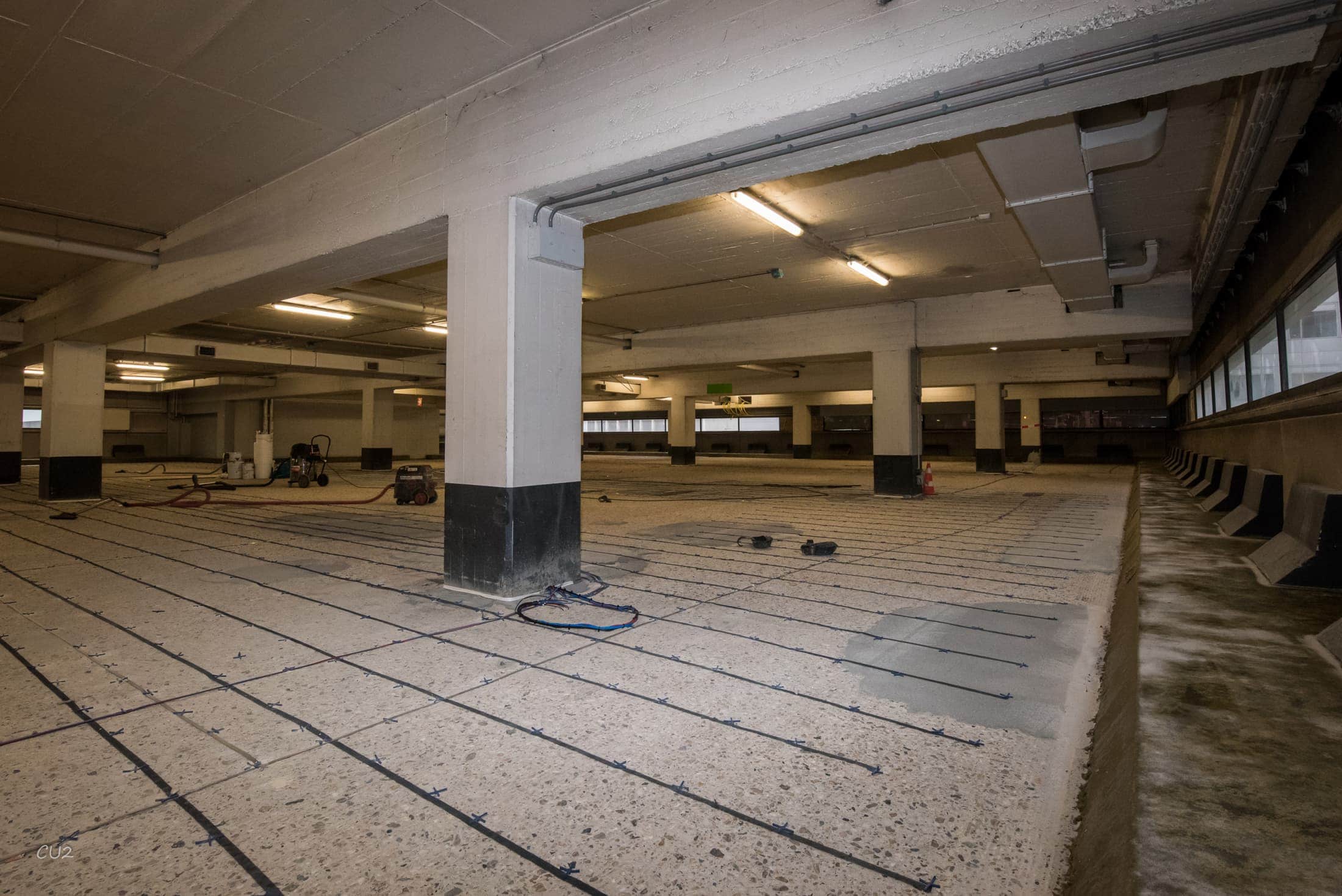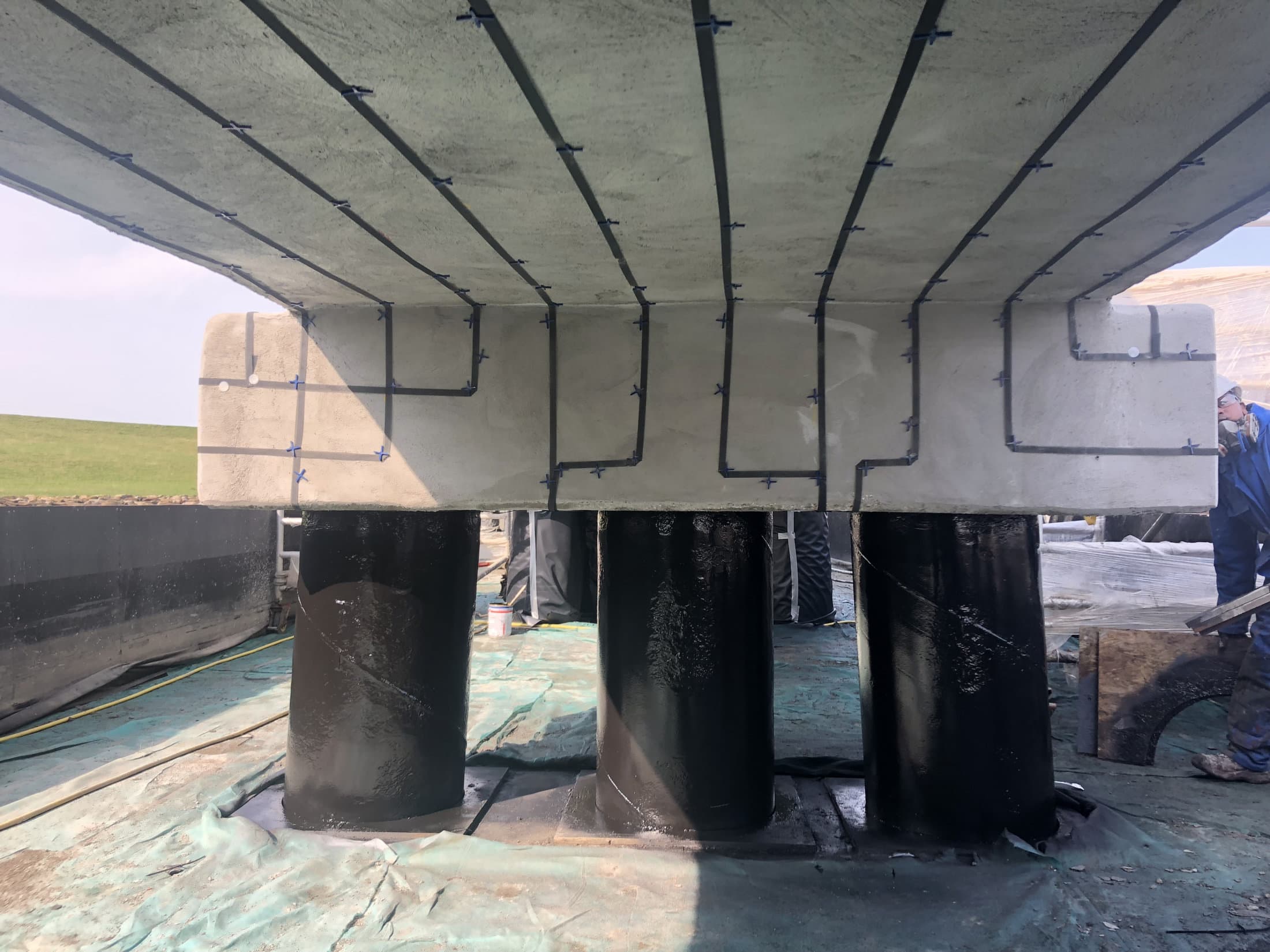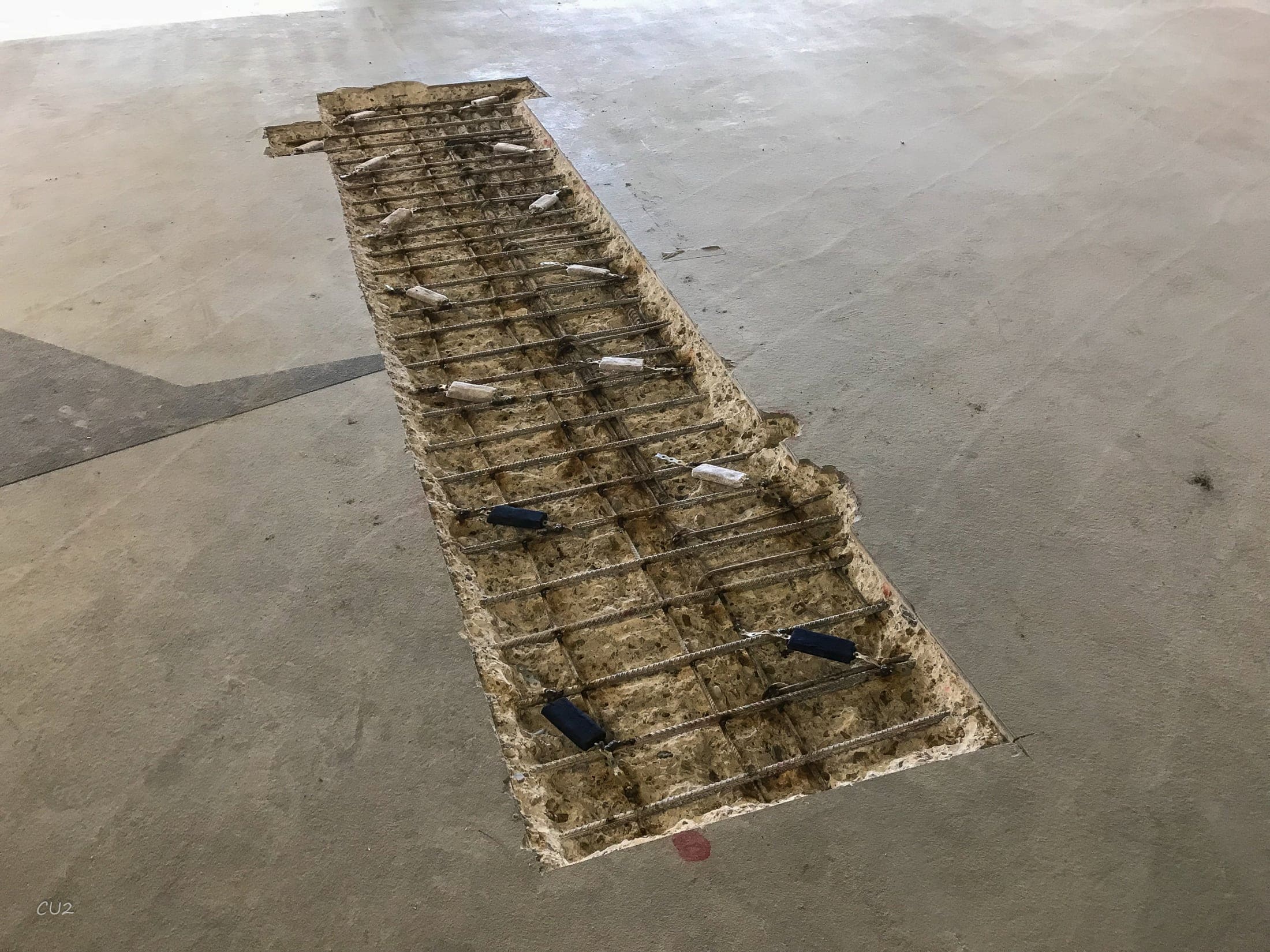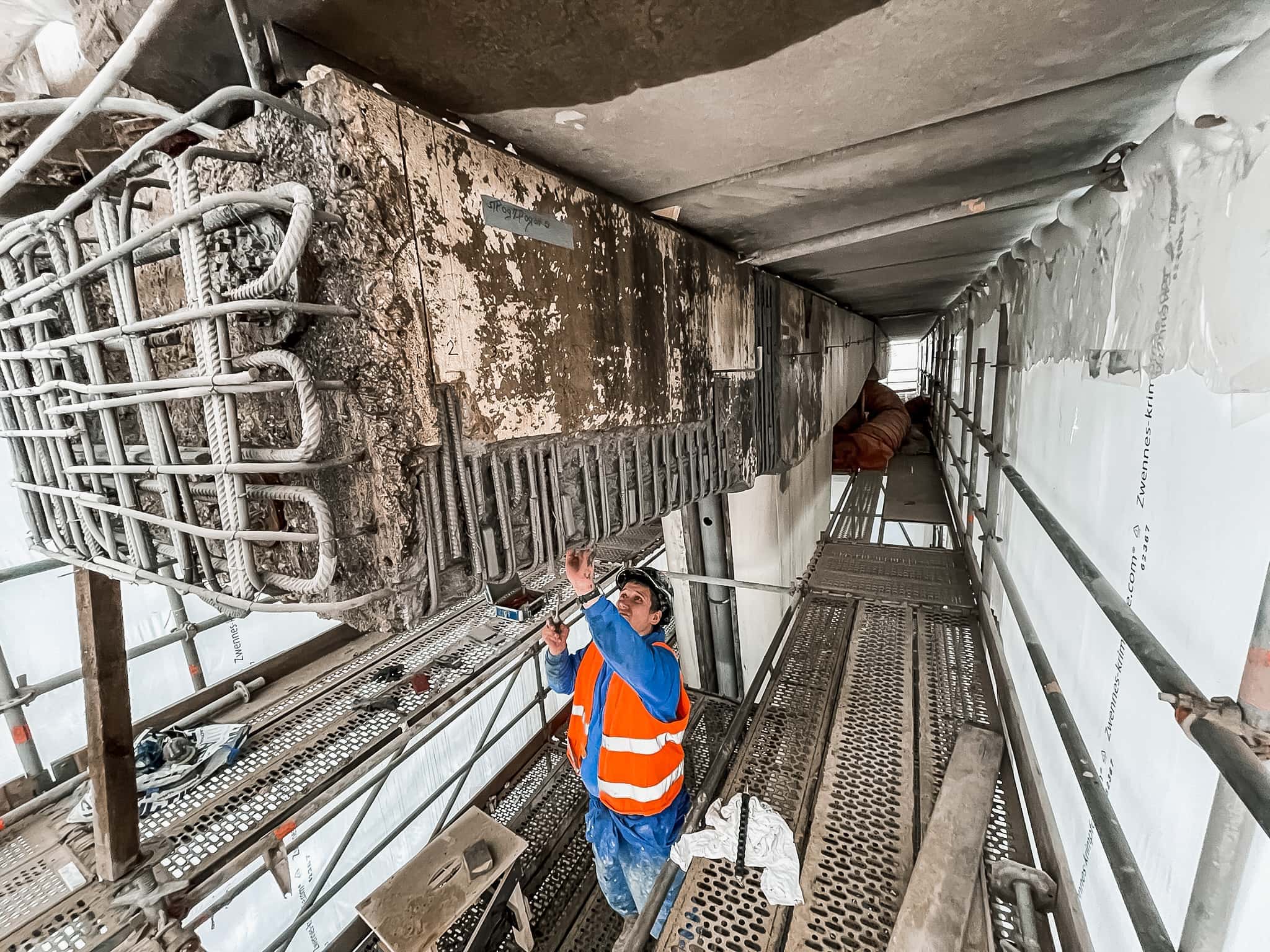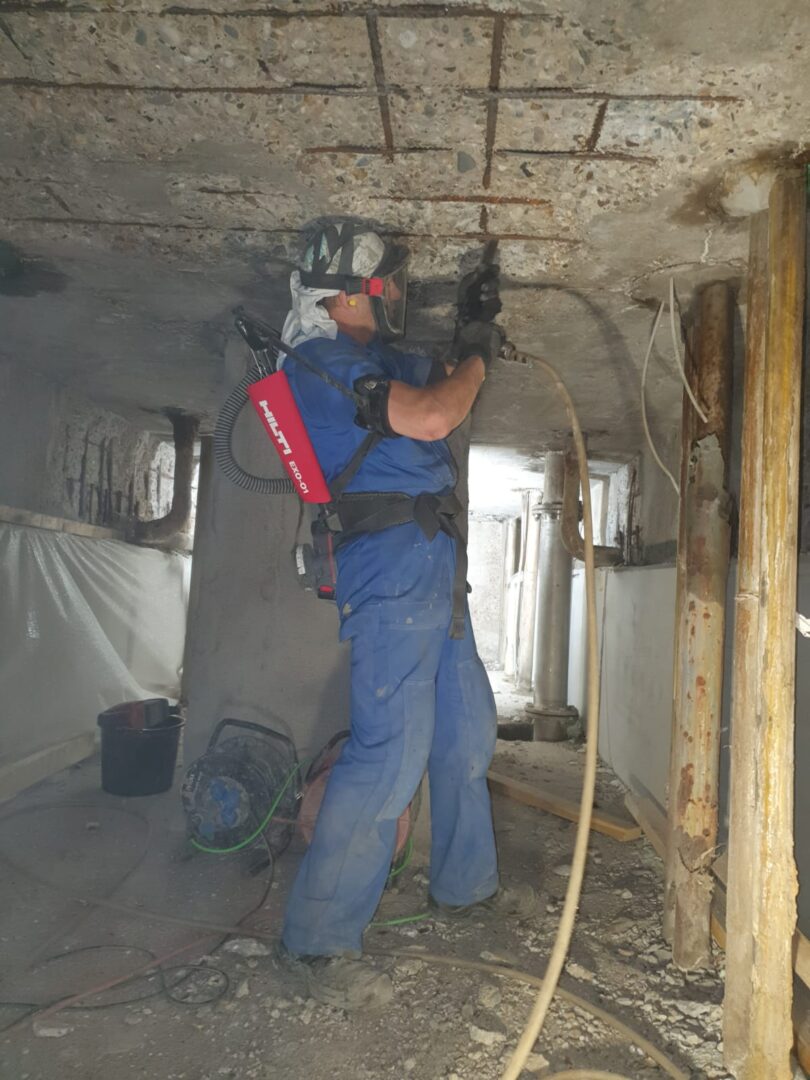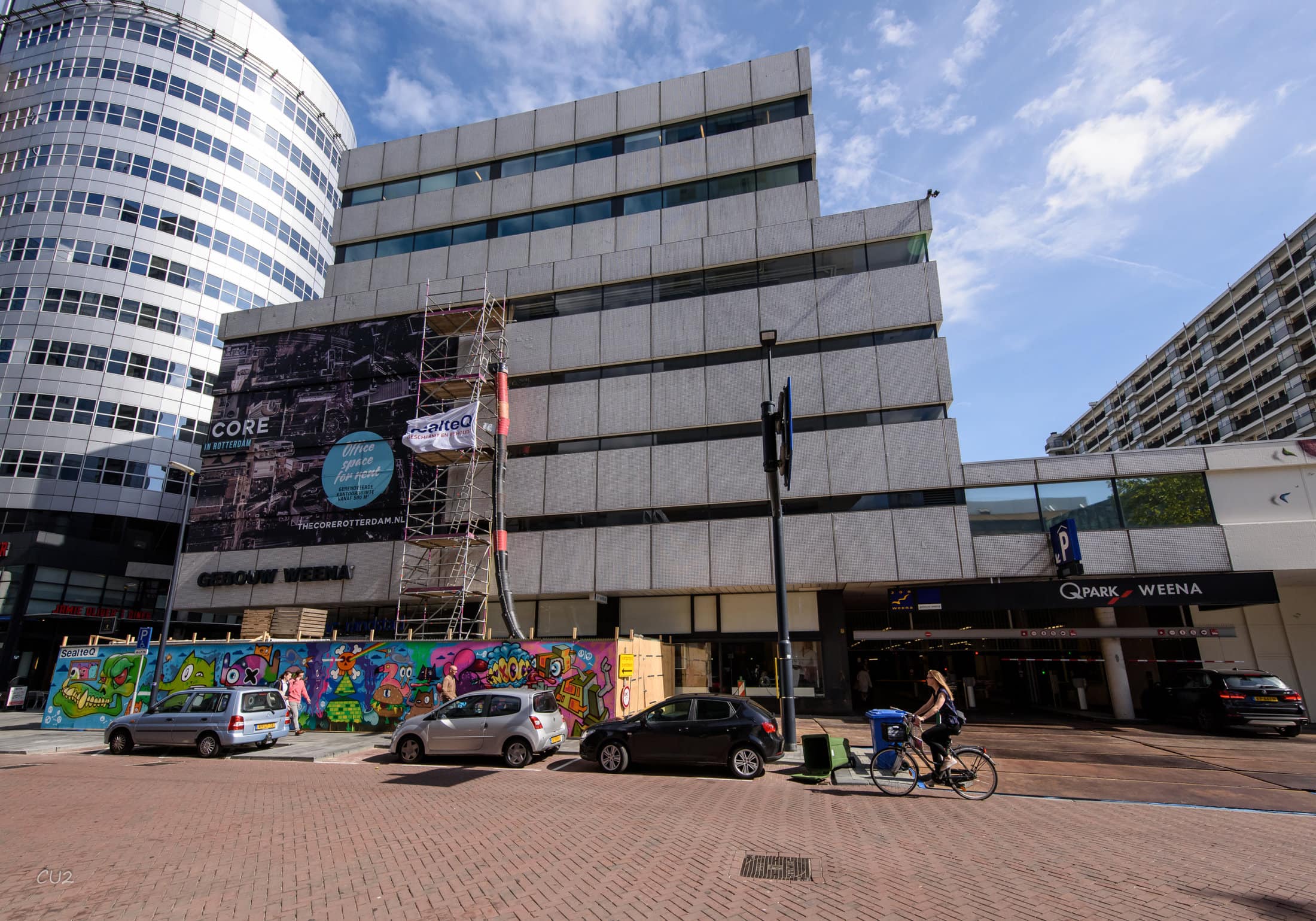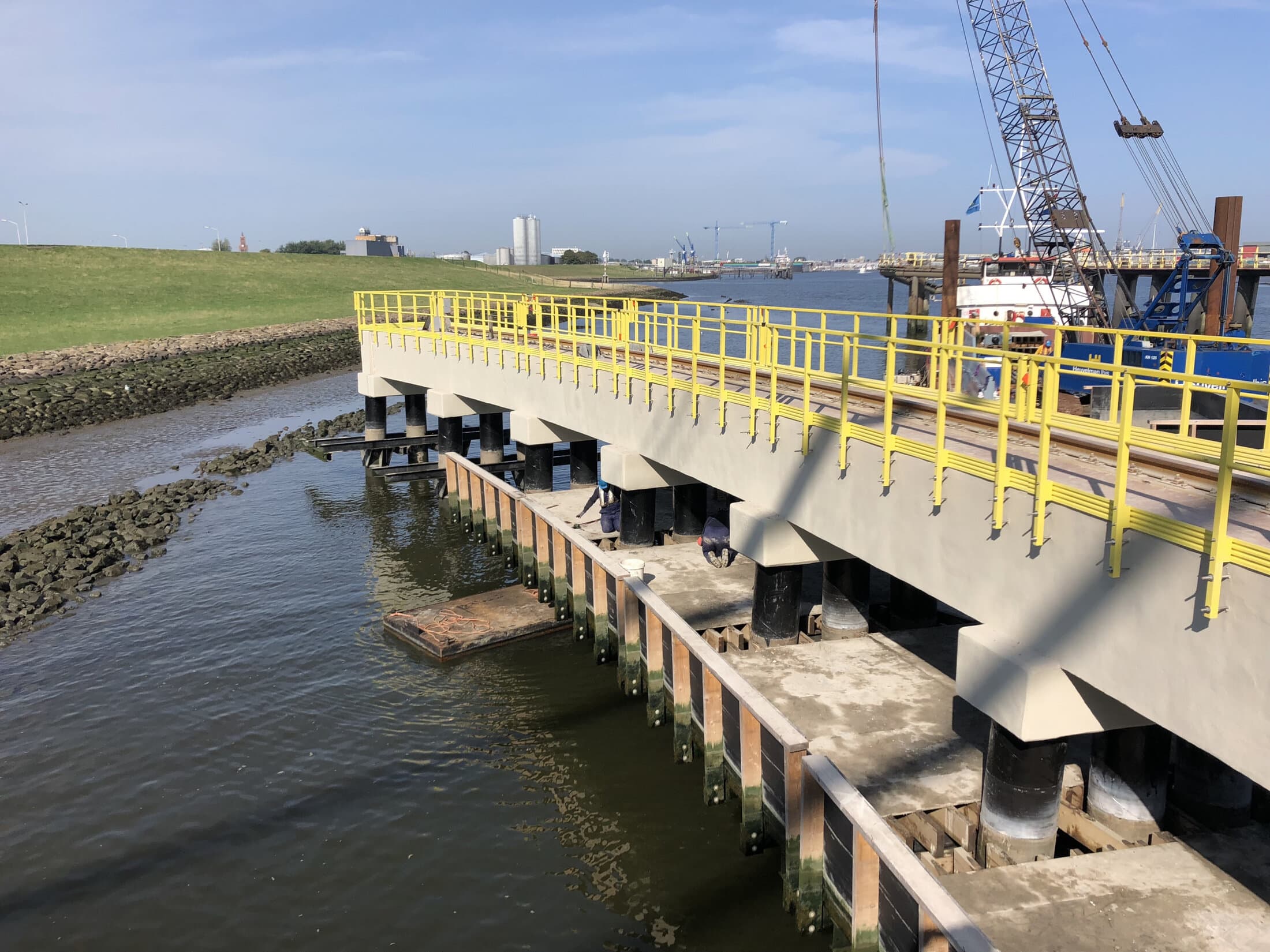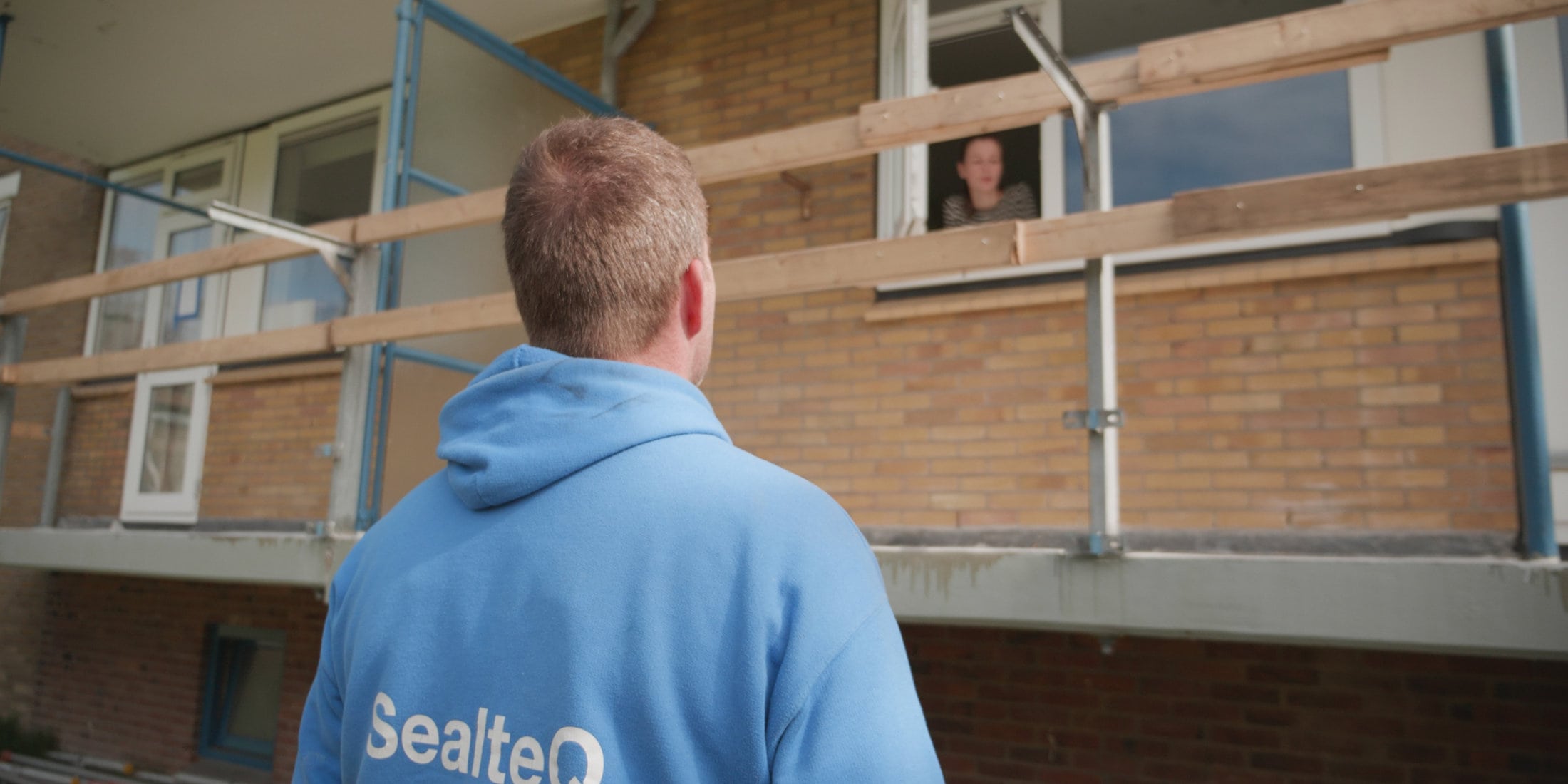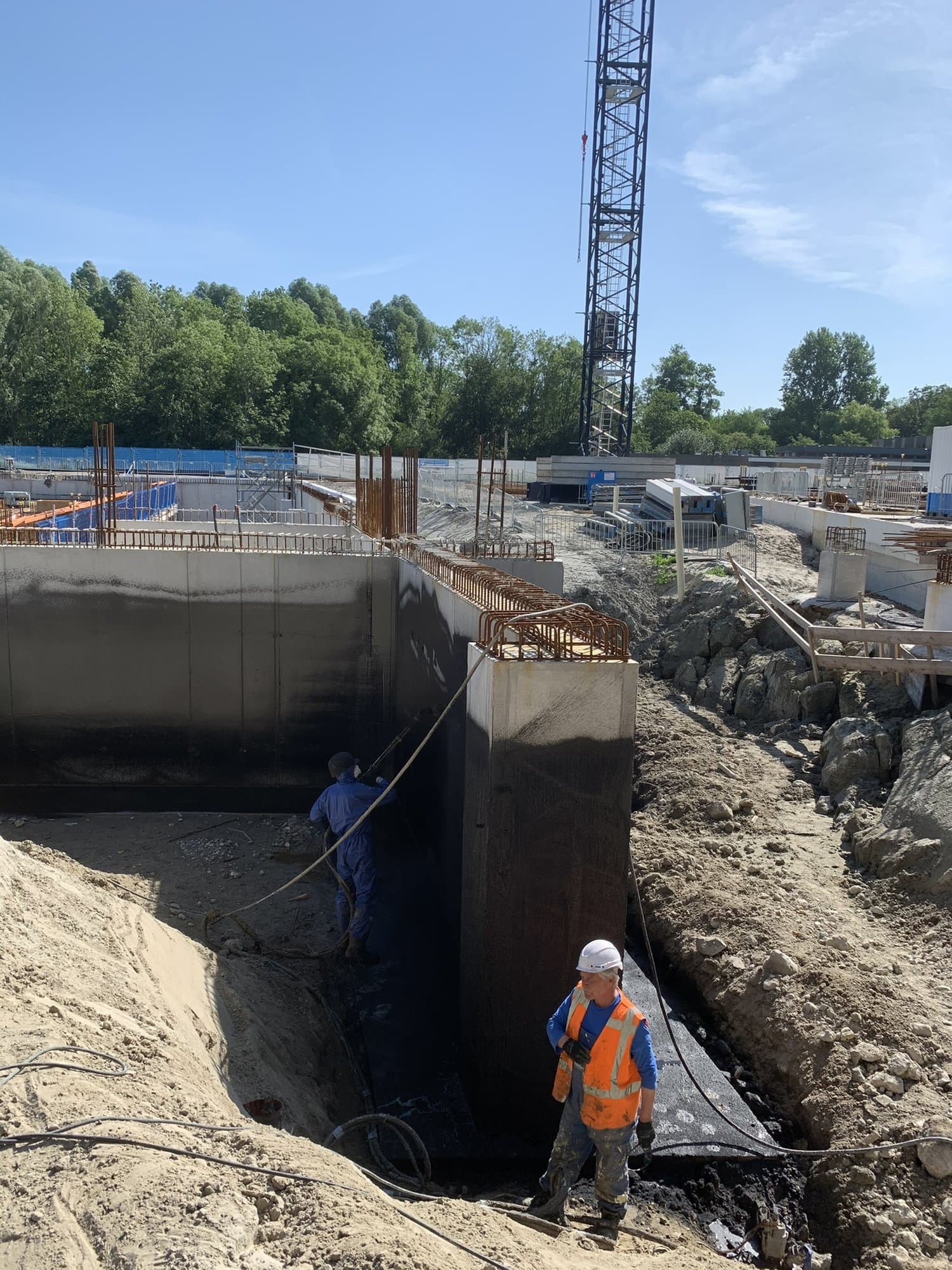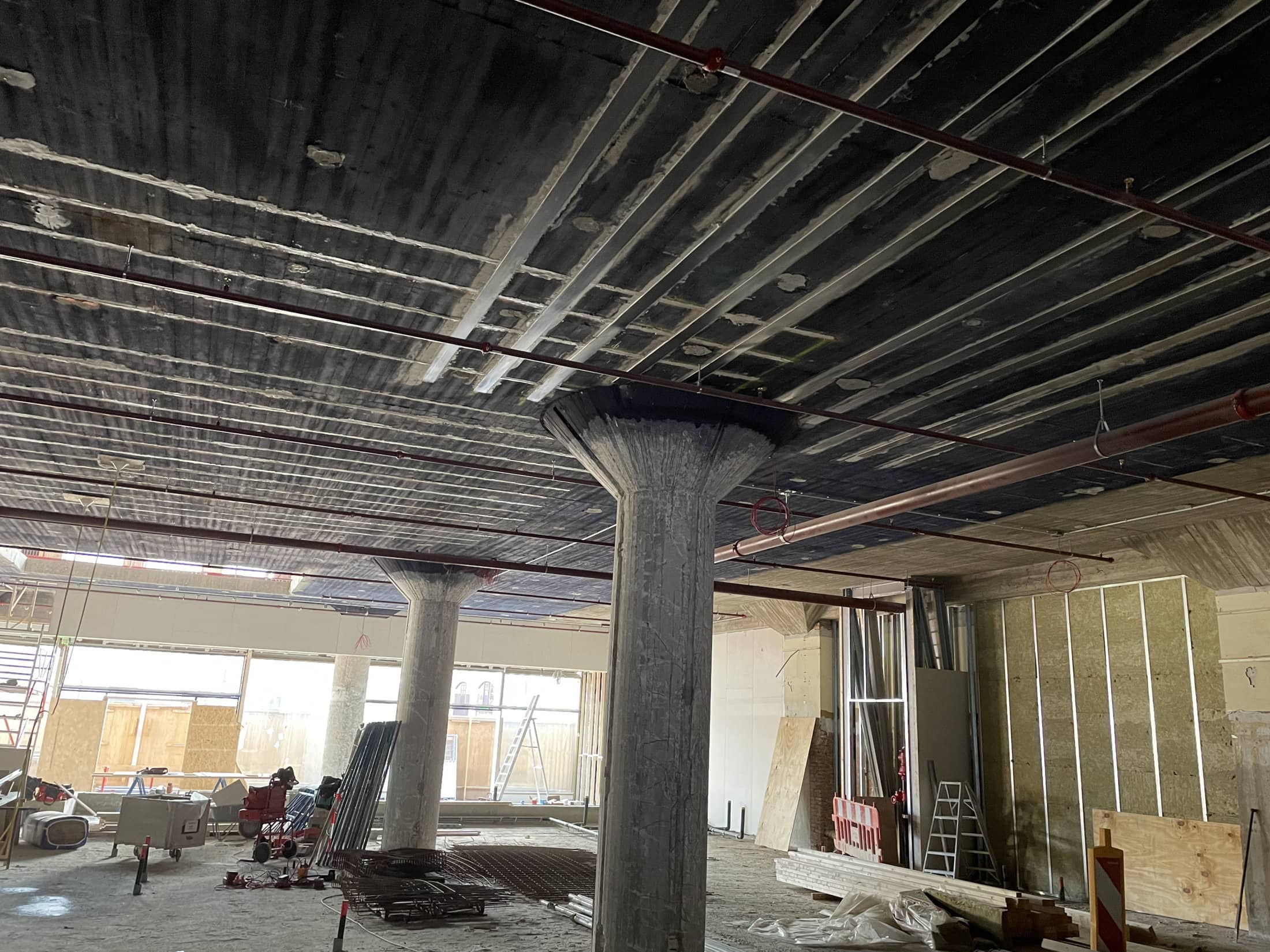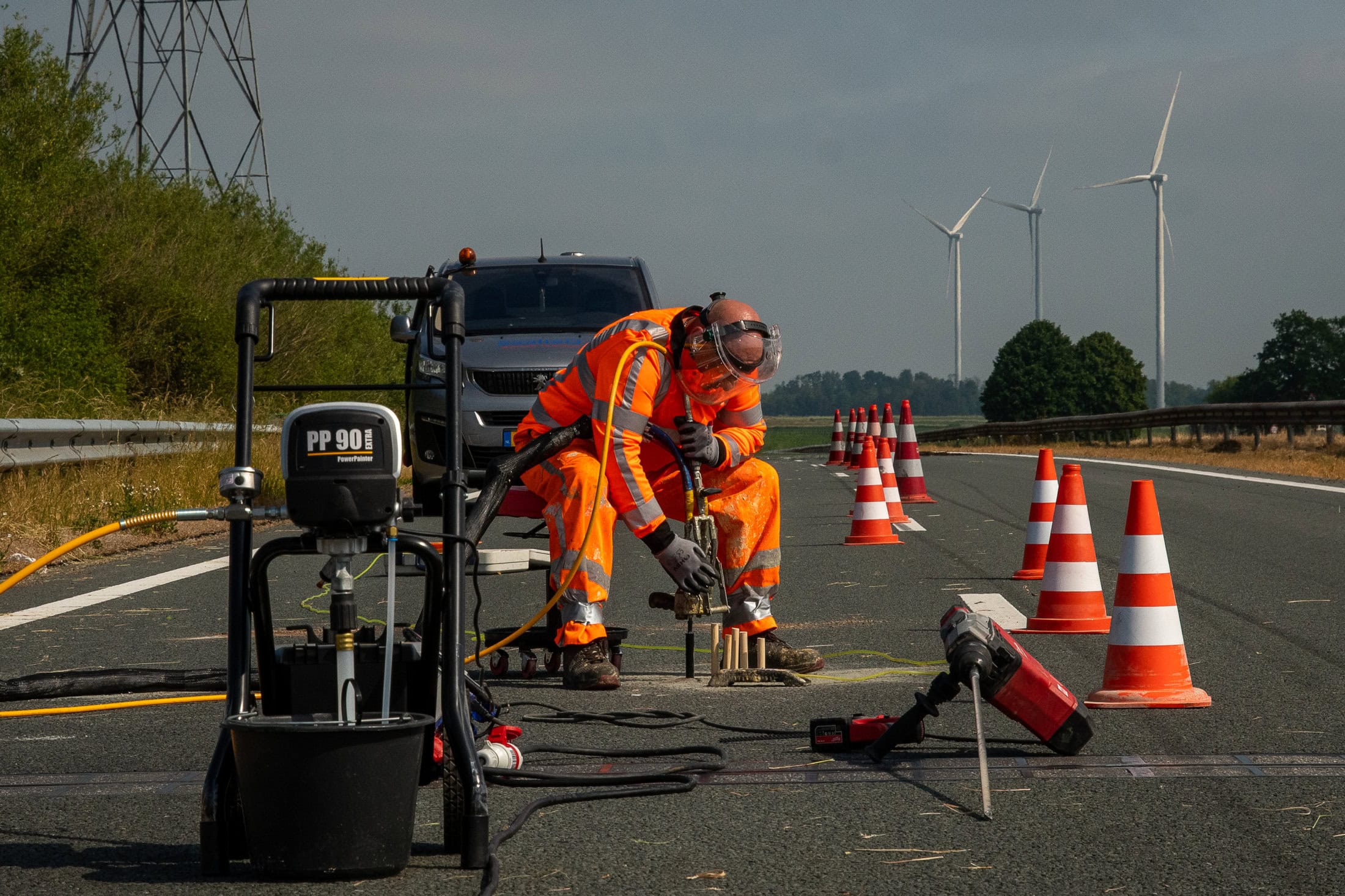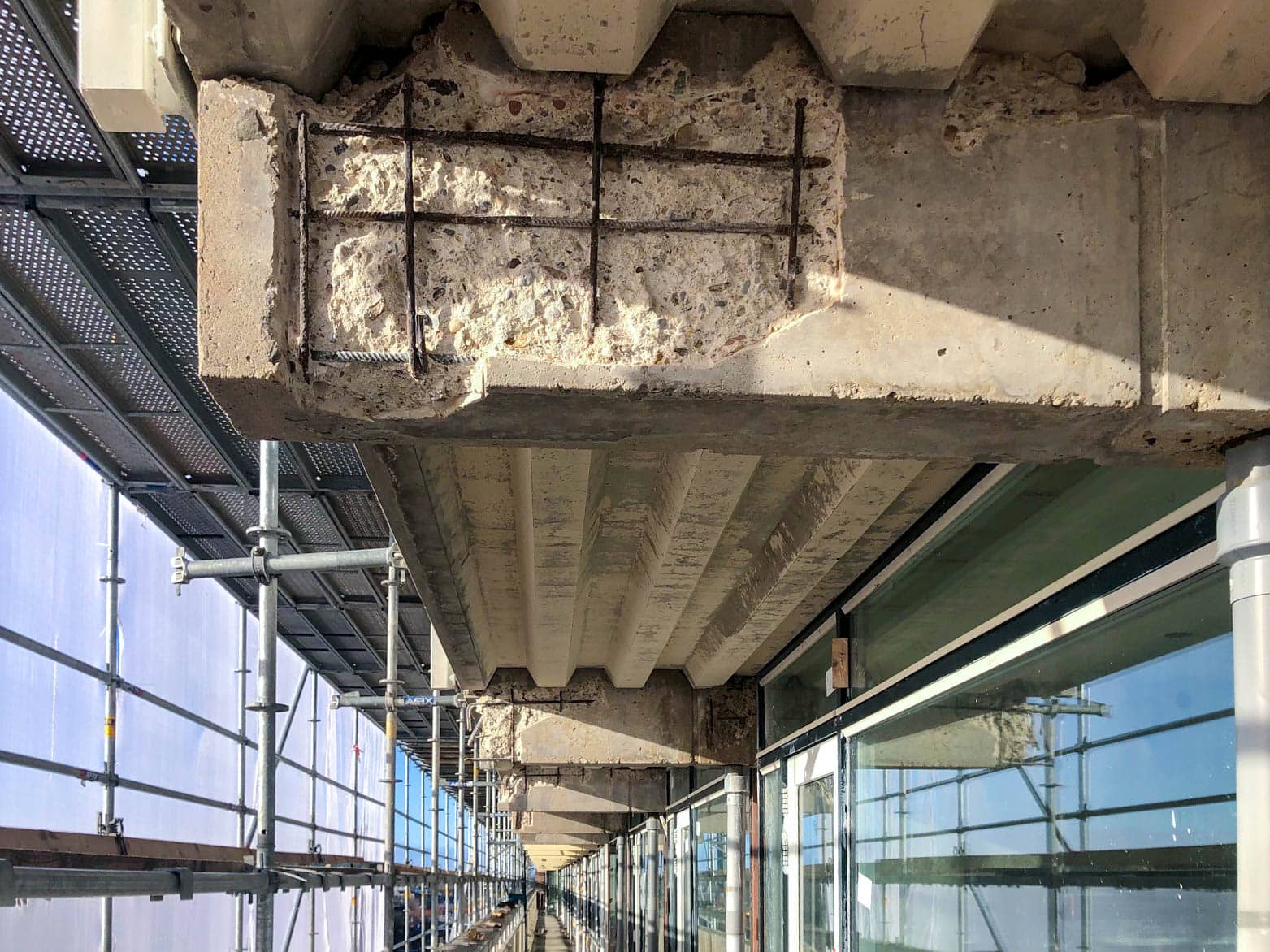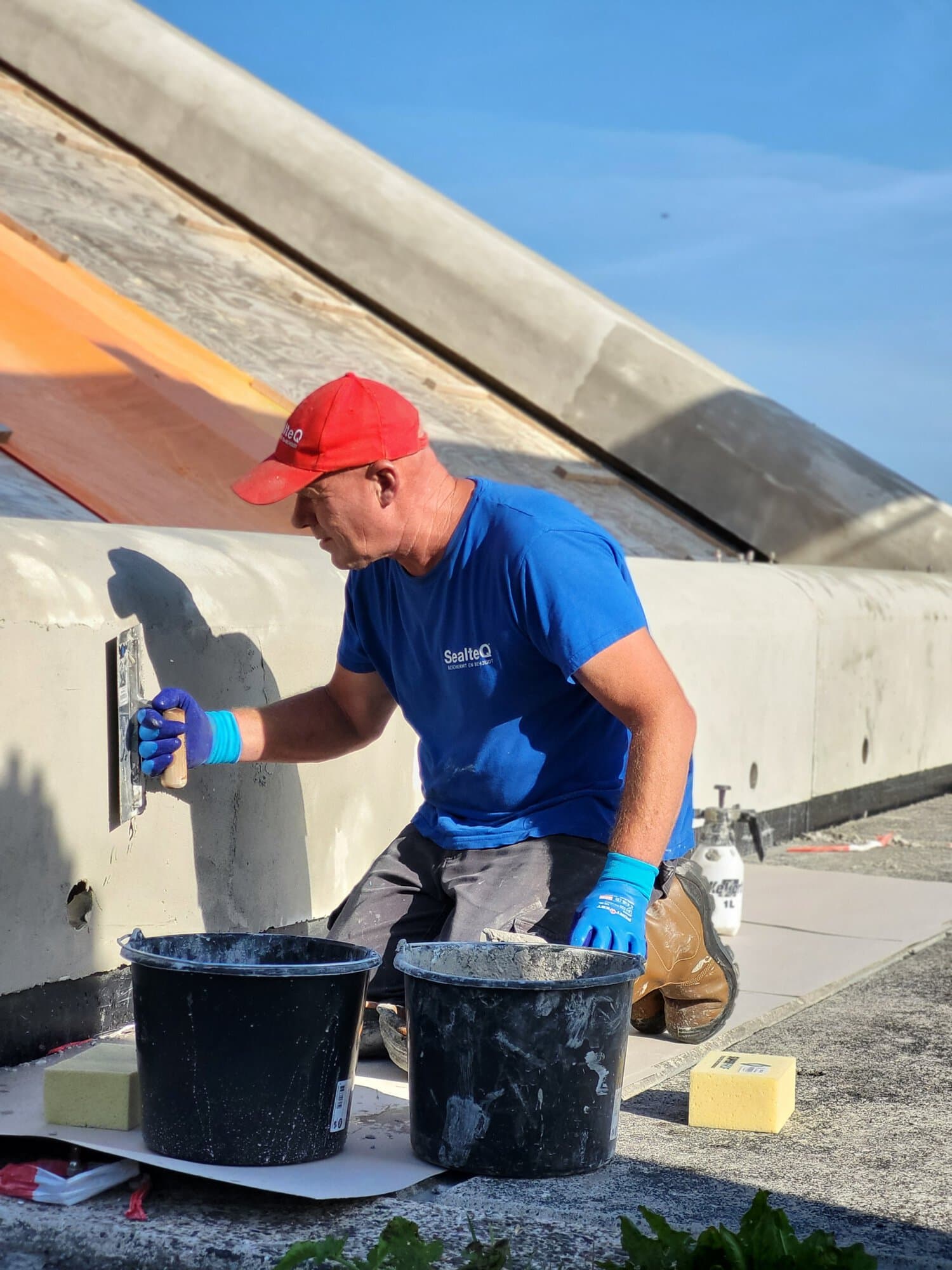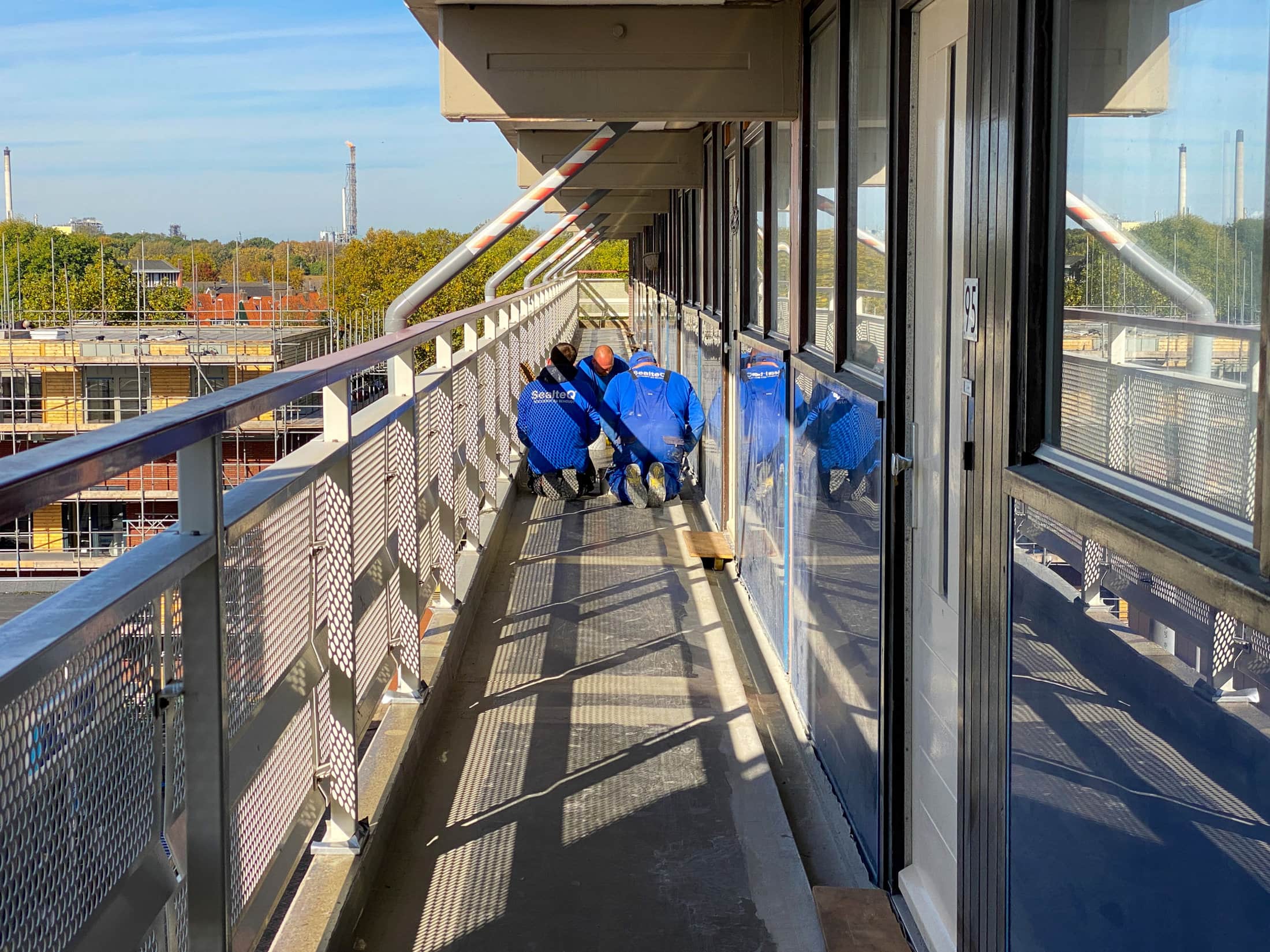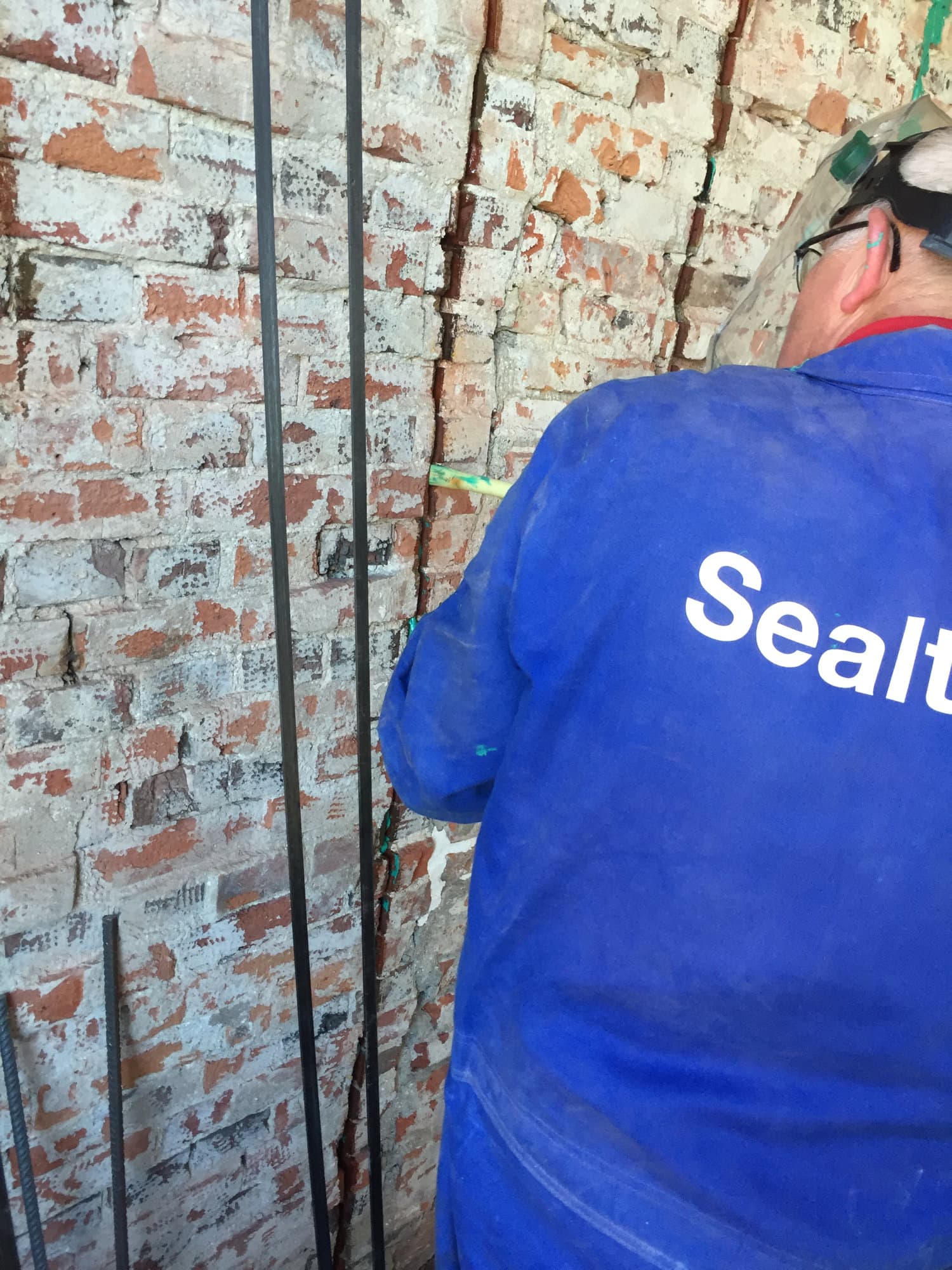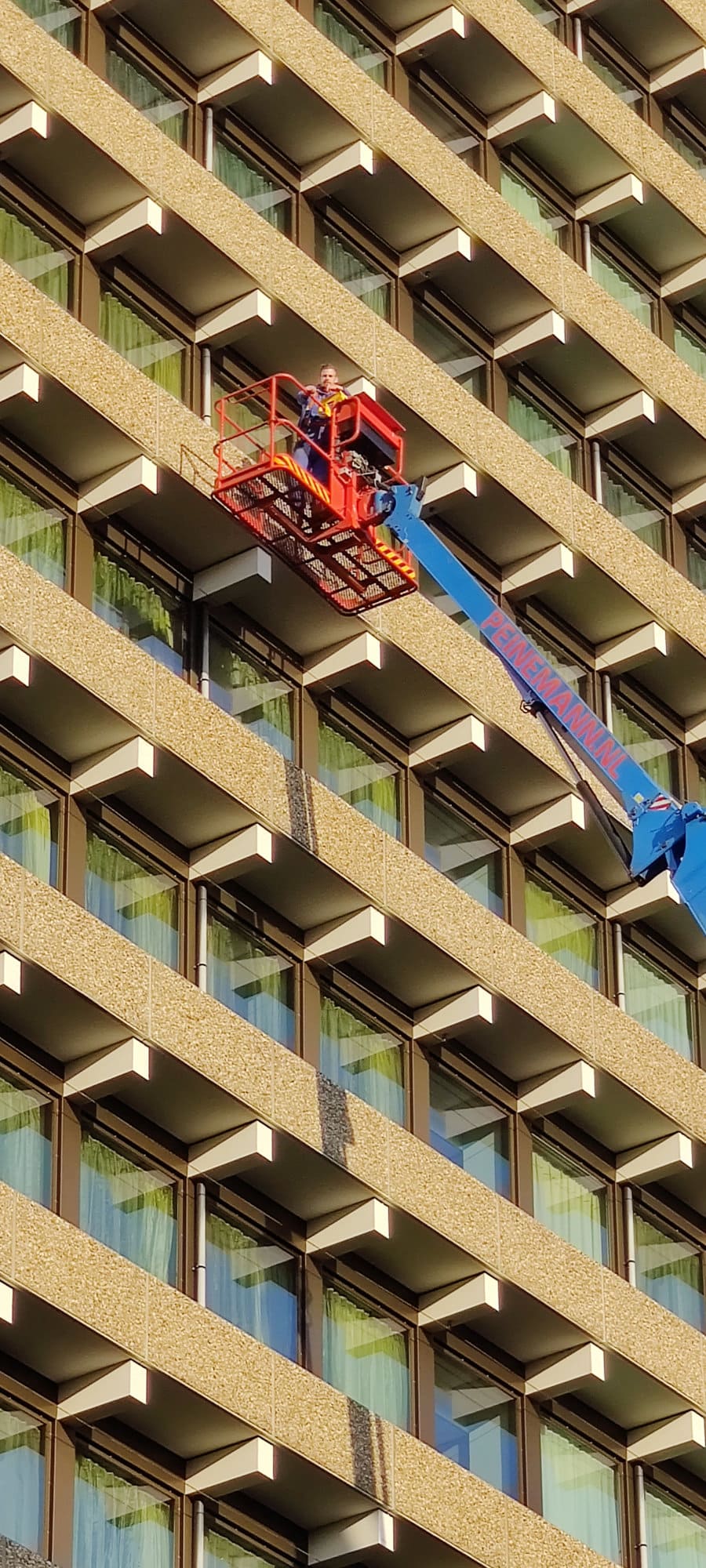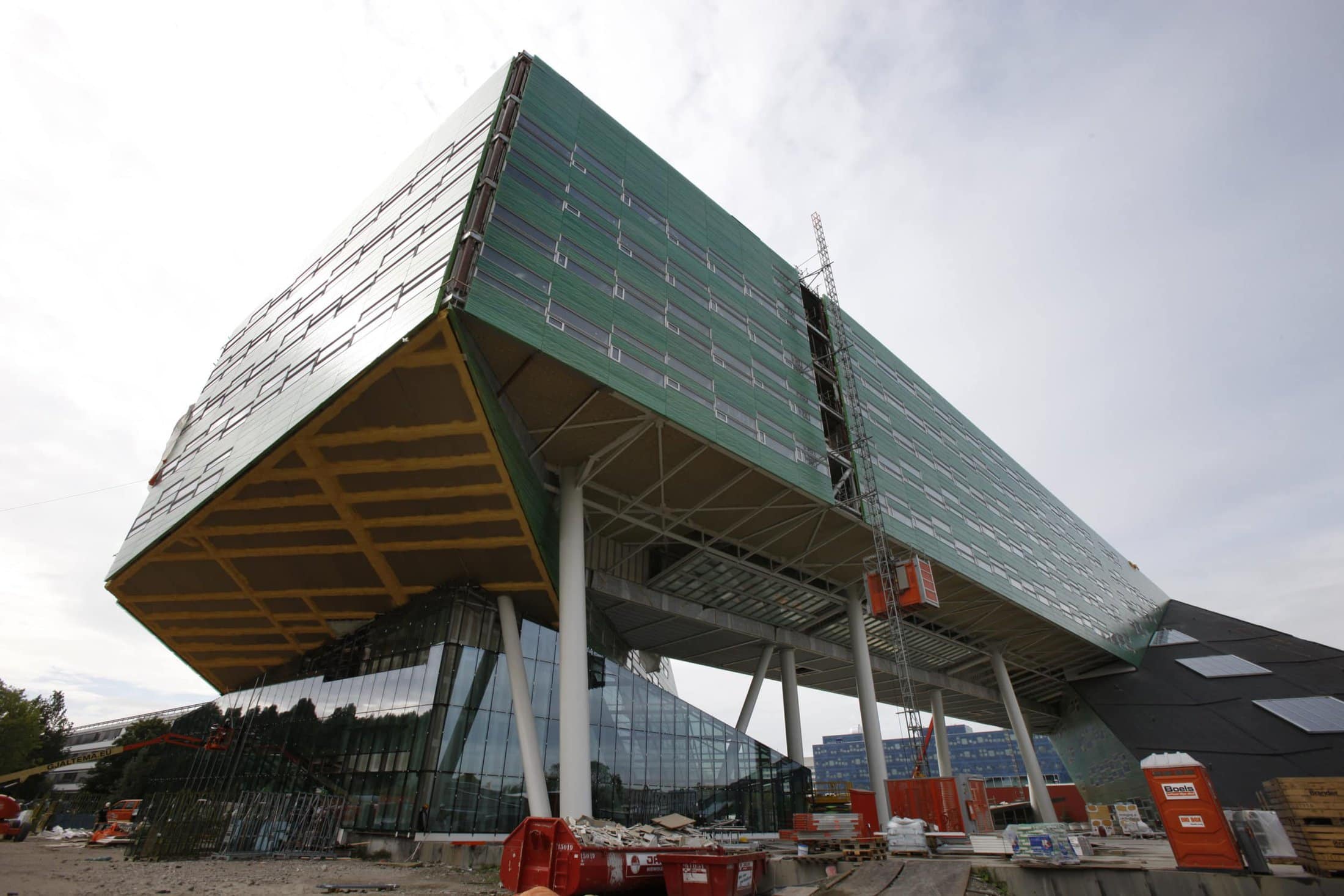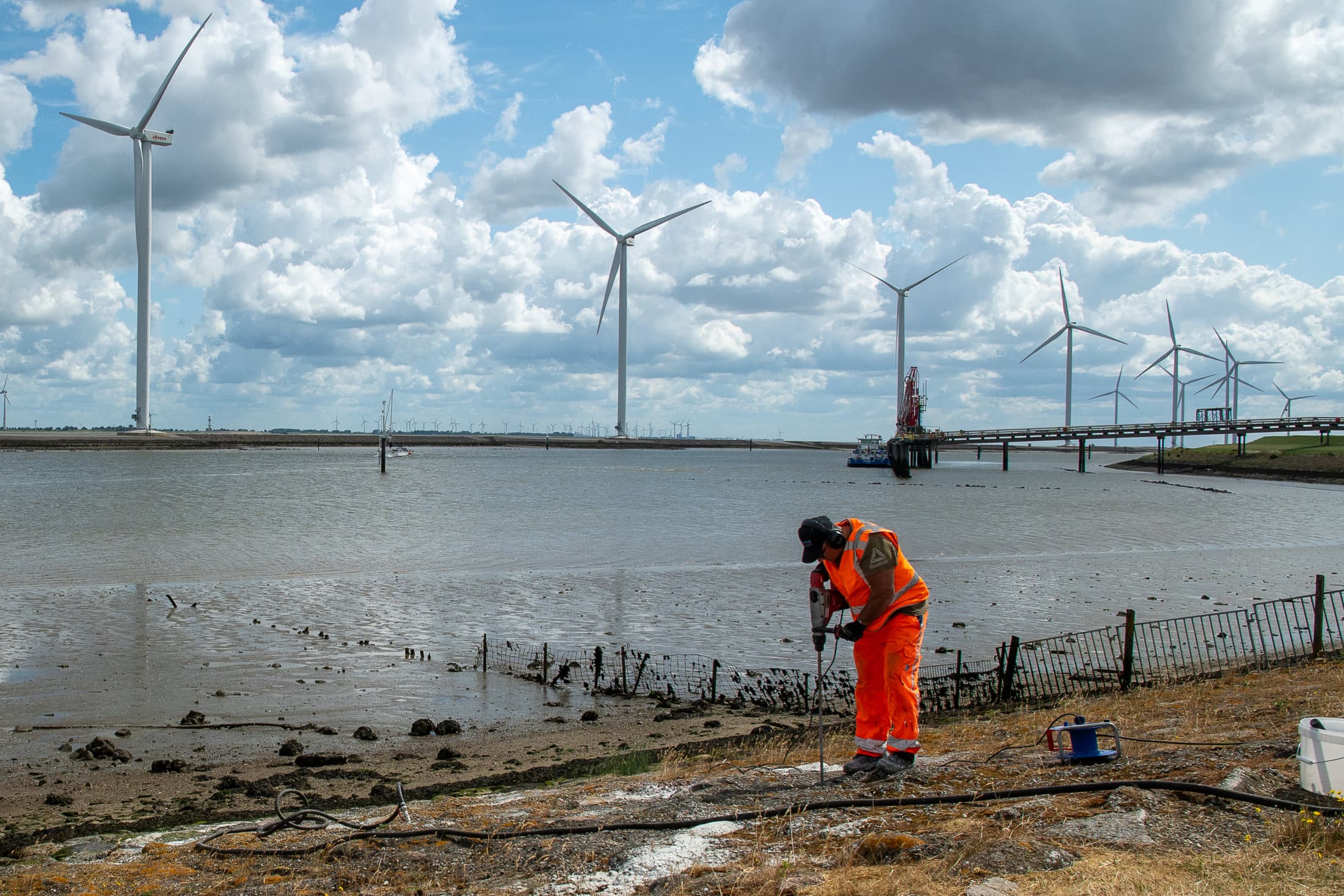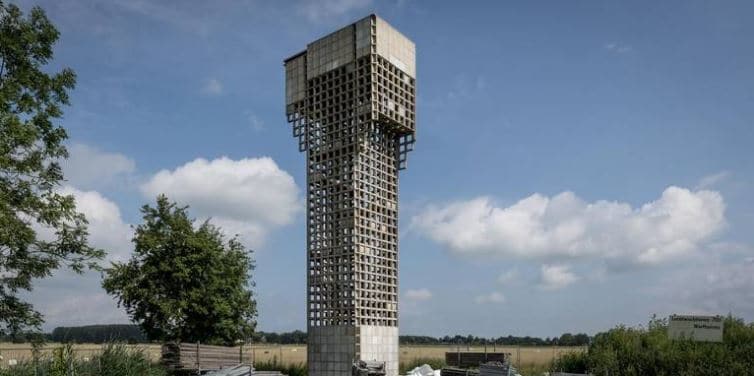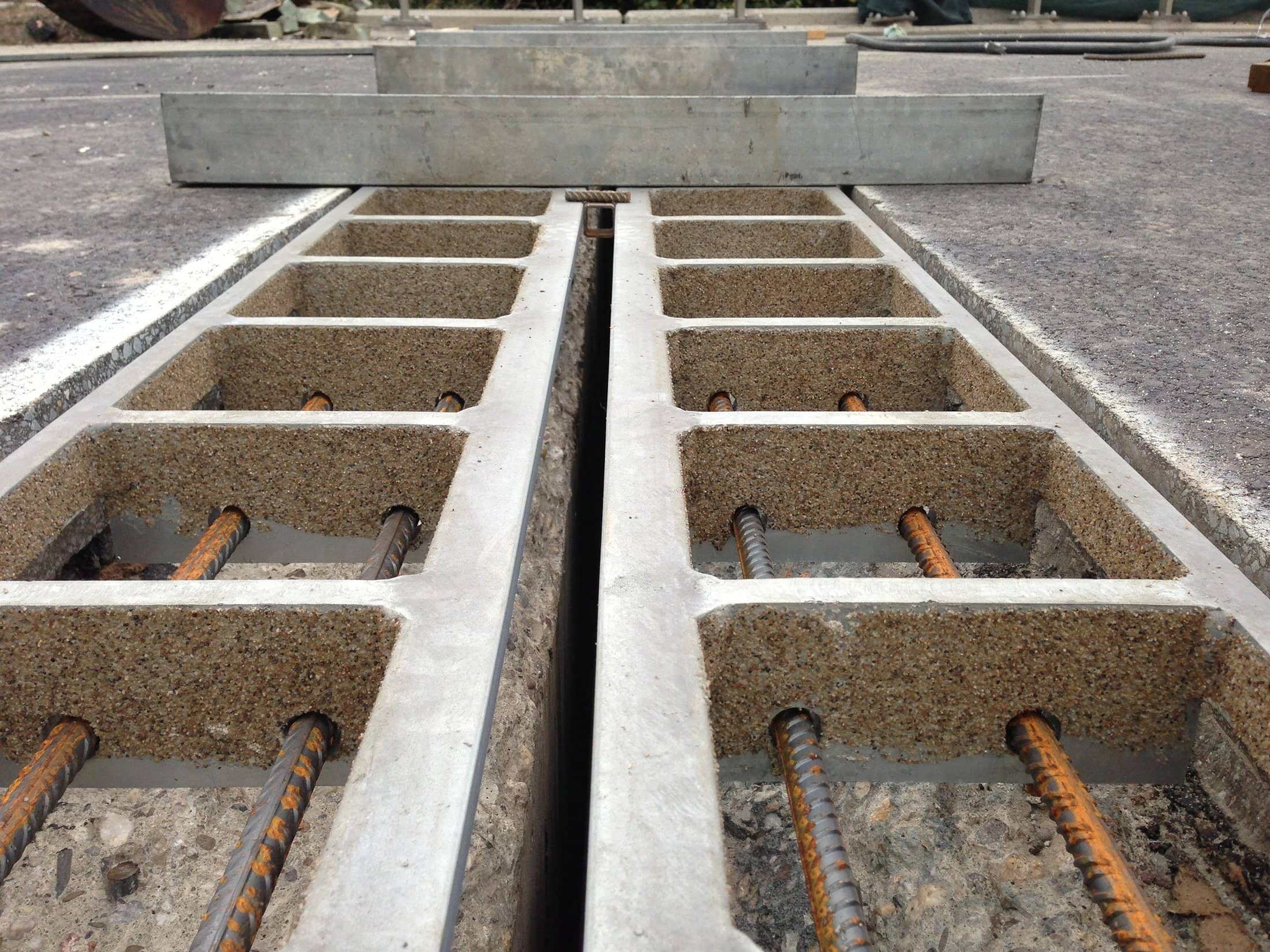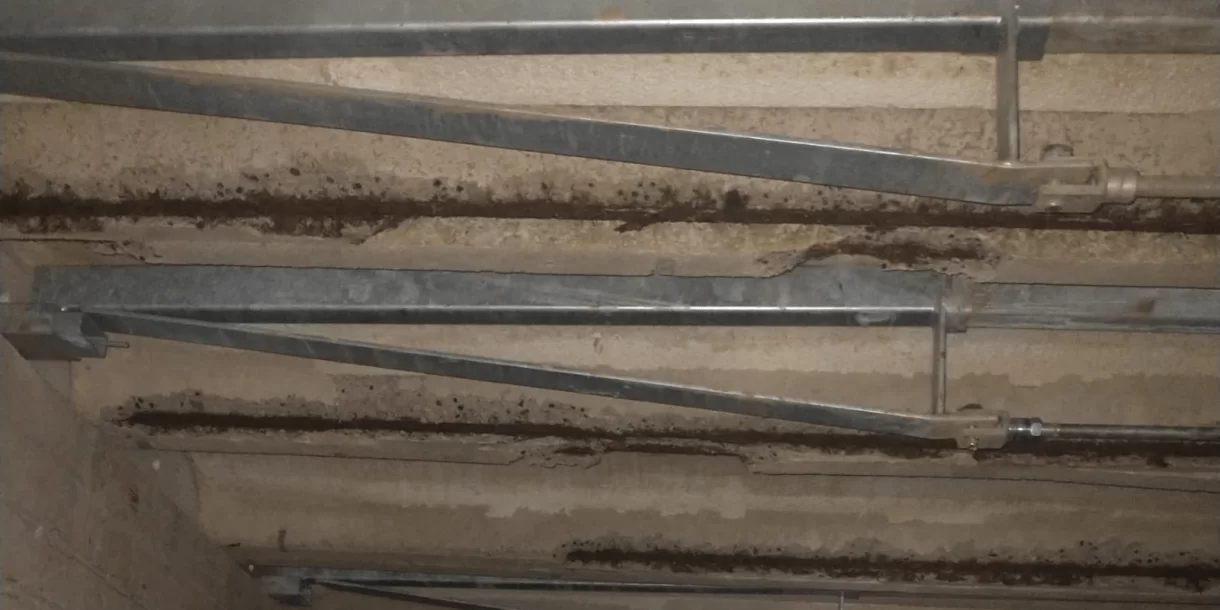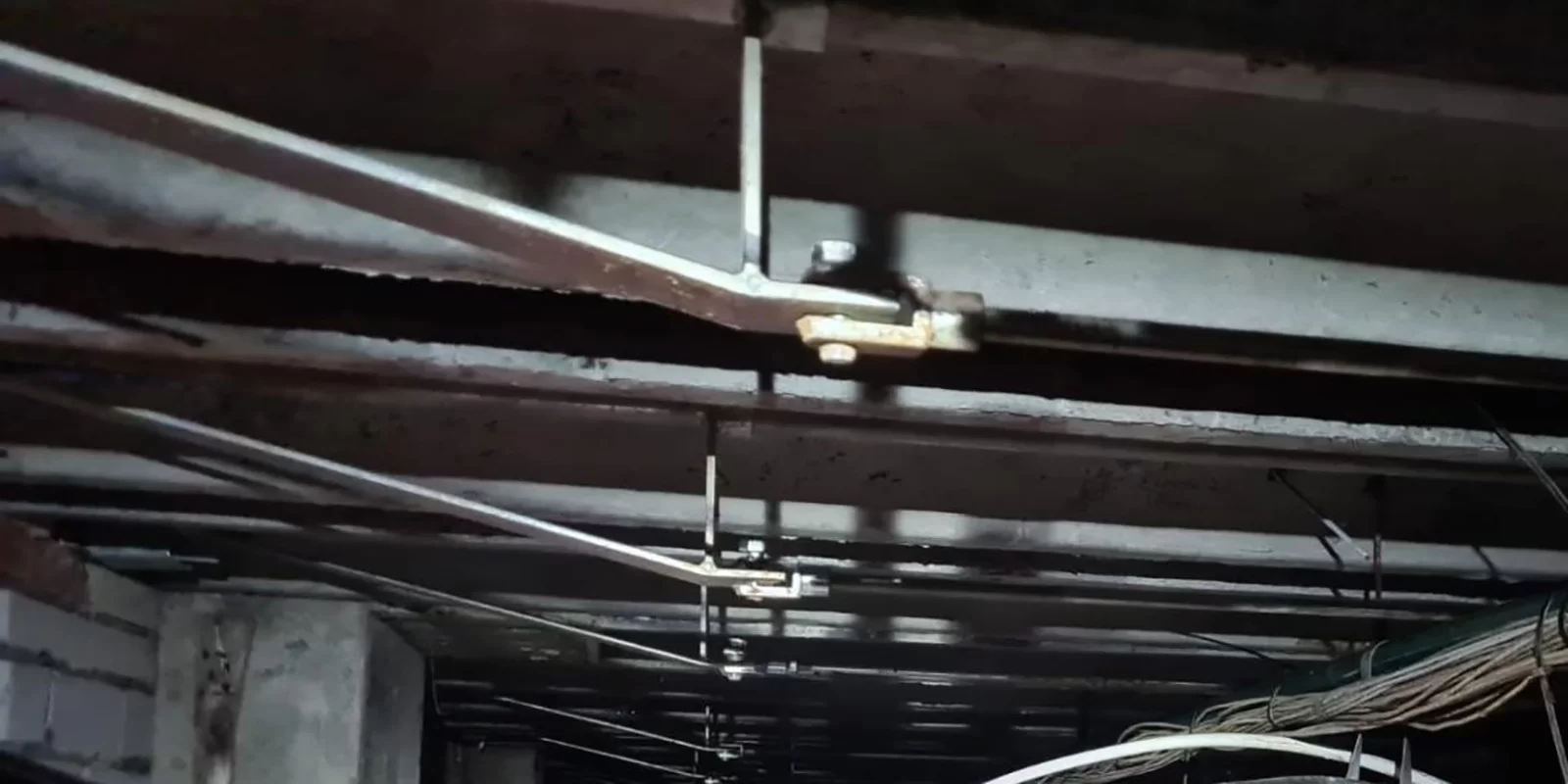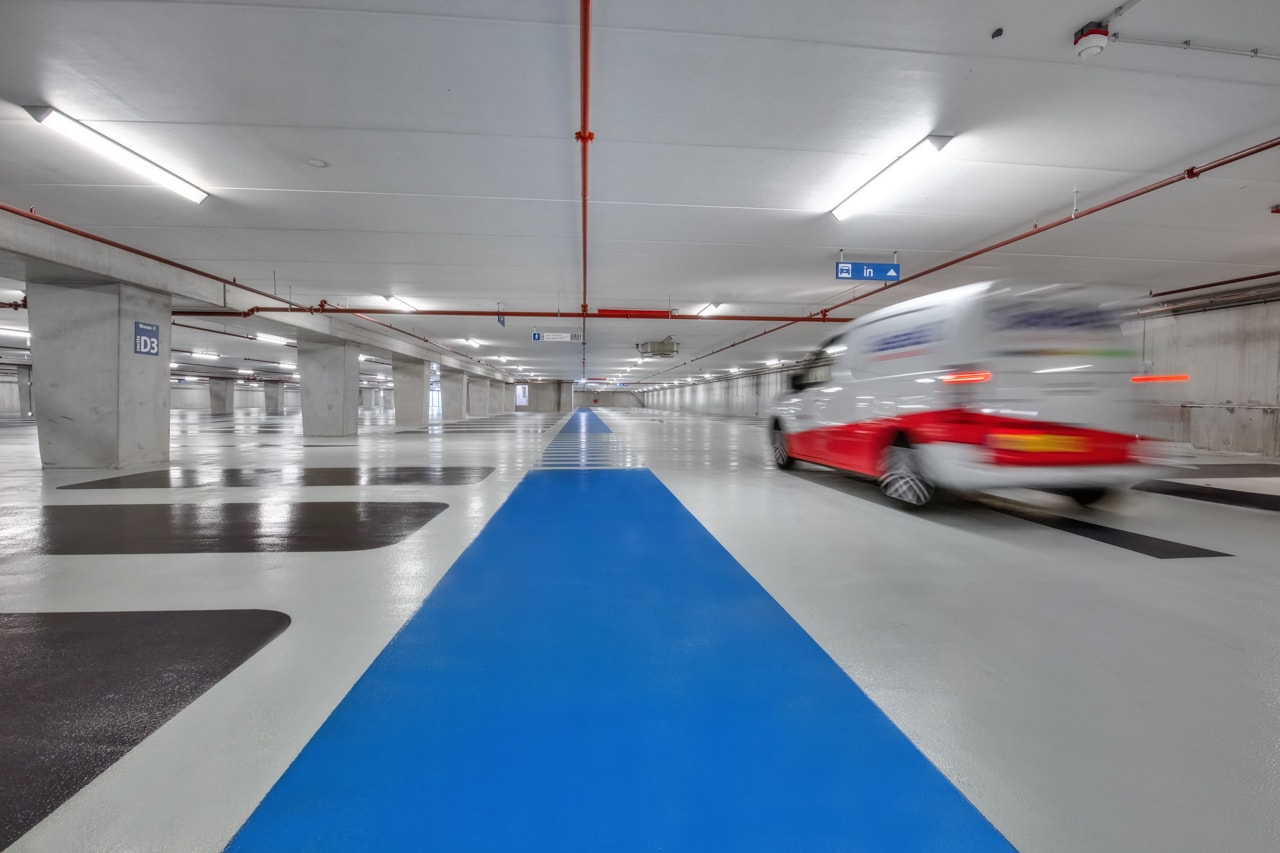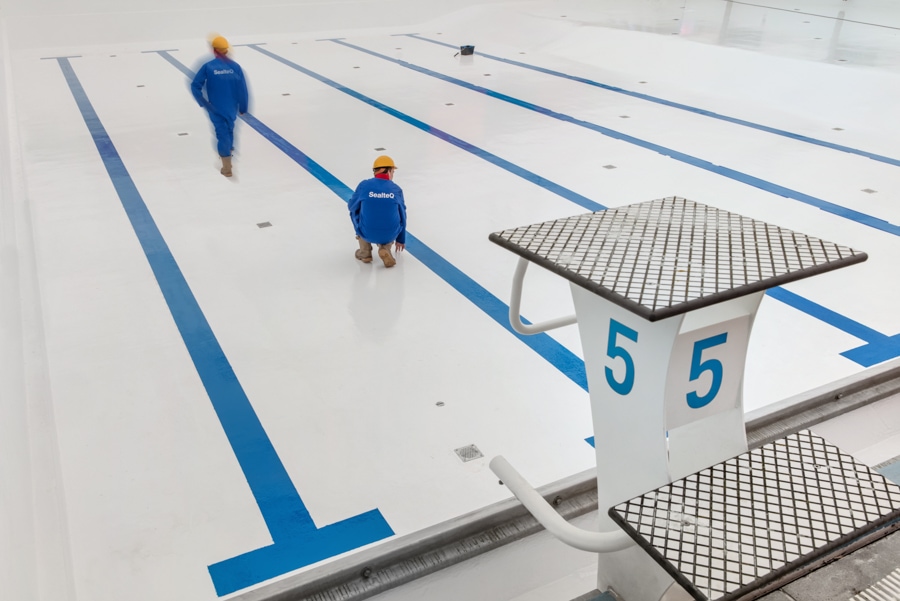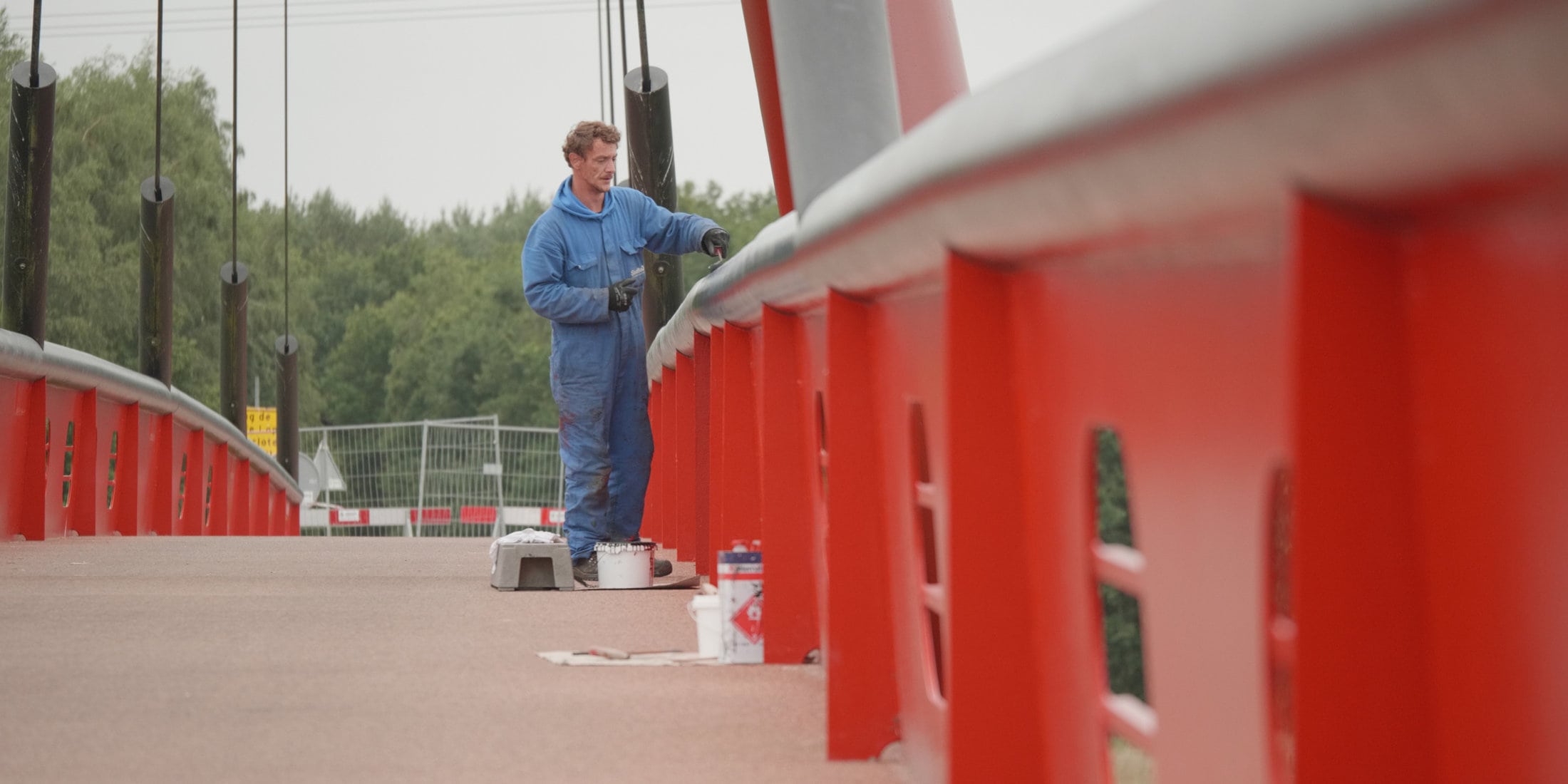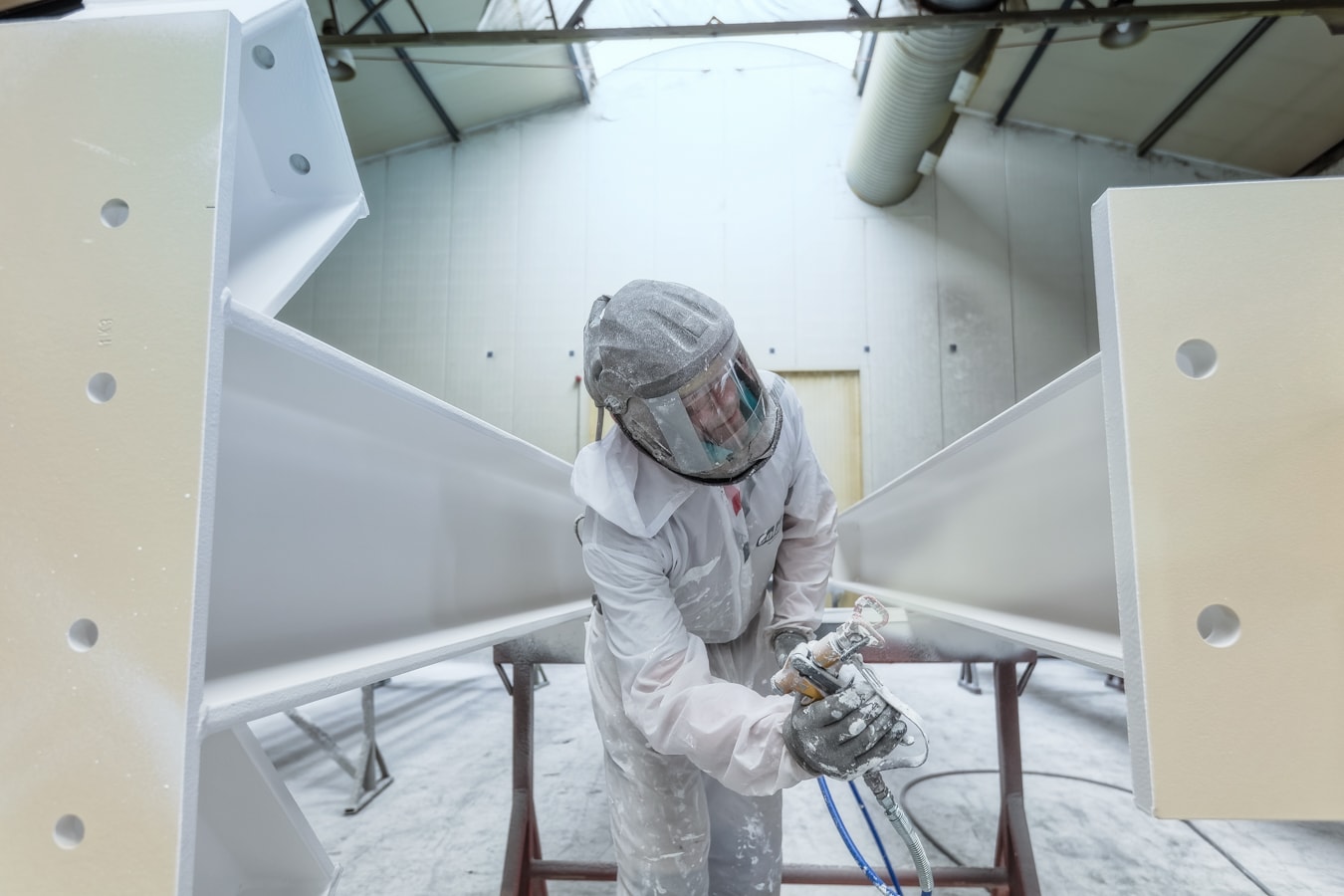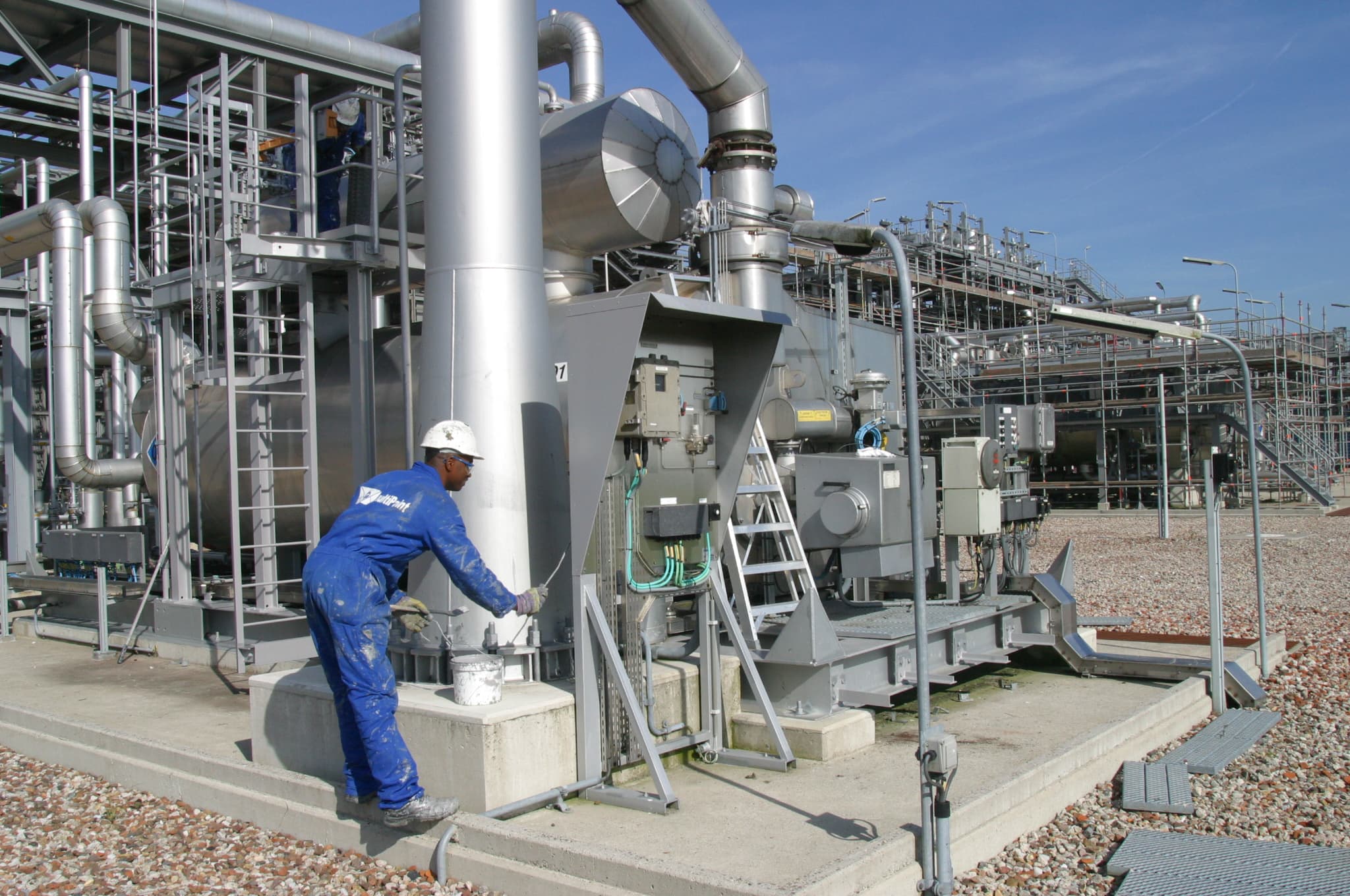External conditions such as weather and salt exposure can seriously damage steel structures in viaducts, bridges, and gallery decks. To combat corrosion, at SealteQ we use an effective method called cathodic protection (CP). Read what this technique involves and how it counteracts the corrosion of reinforcing steel (rebar).
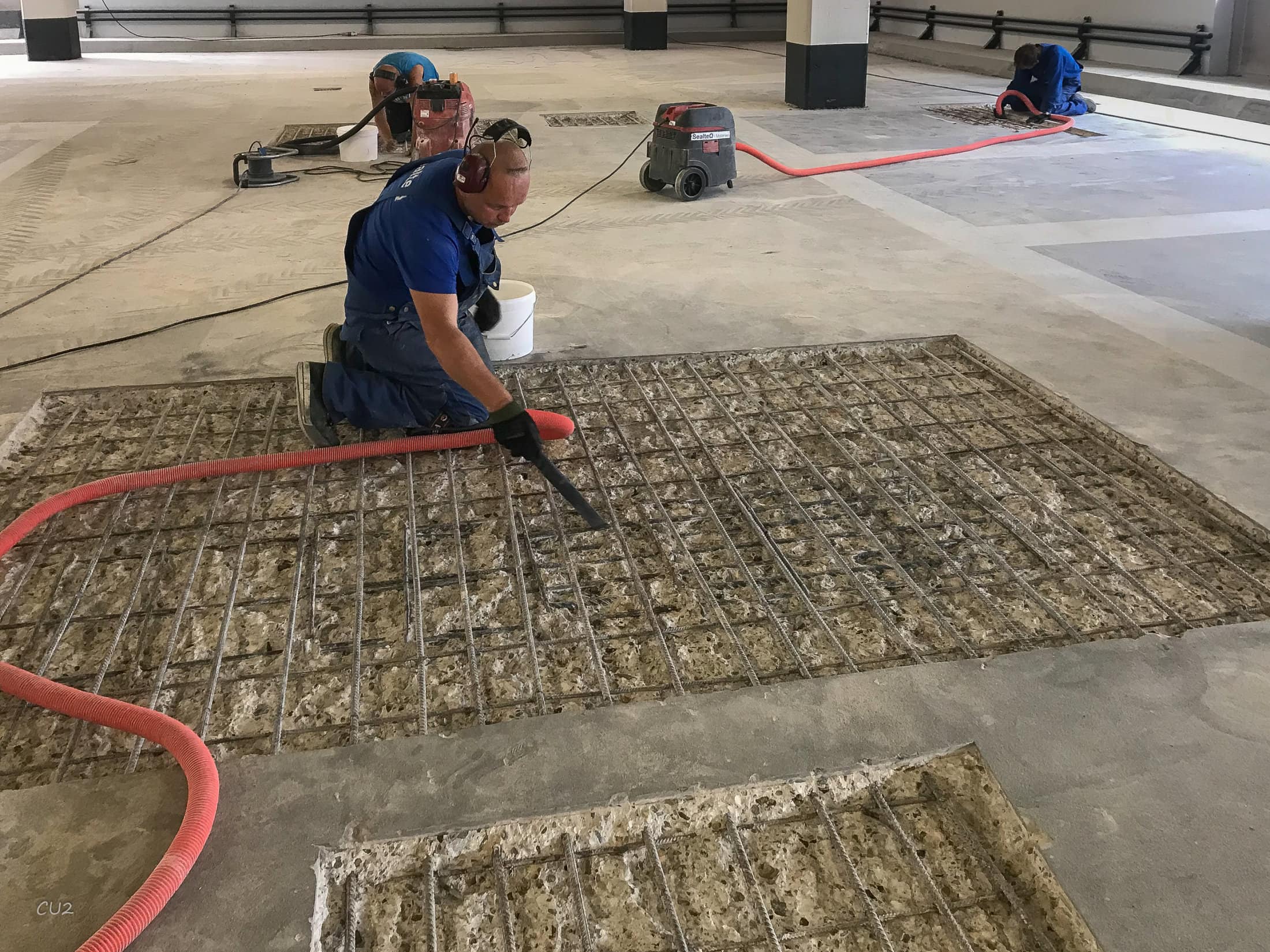
Cathodic protection
What is cathodic protection?
Cathodic protection is an electrochemical method used to prevent corrosion of metal surfaces. Corrosion can arise from carbonation, in which carbon dioxide gases penetrate the metal. Chlorides can also cause dangerous corrosion in concrete structures in several ways, for example through de-icing salts and airborne salt, particularly in coastal areas.
With carbonation of concrete, corrosion is uniform. Chlorides, by contrast, cause pitting corrosion, which is more dangerous. Pitting corrosion can cause severe damage to the structure without warning, because it does not show clear signs such as concrete spalling. If you see rust stains that are typical of chloride-induced corrosion, the reinforcement may already be severely damaged.
Cathodic protection is crucial for protecting structures such as bridges, pipelines, and ships against the harmful effects of corrosion. It can significantly extend the service life of such structures, resulting in lower maintenance costs and increased safety.
Types of cathodic protection
Galvanic Protection
Galvanic protection uses sacrificial anodes that have a lower potential than the metal to be protected. These anodes corrode instead of the structural metal, preventing corrosion. This type of protection is simple to install and requires minimal maintenance.
Impressed Current Protection
Impressed current protection uses an external power source to deliver a protective current to the metal being protected. This method is more effective for larger structures and offers more precise control of the protective current. Installation and maintenance require specialized expertise and equipment.
Cathodic protection for our clients
Cathodic protection is applied across various sectors, ranging from assignments for property managers and housing associations to large projects in infrastructure and industries. The examples below are part of our CP services:
- Cathodic protection is often applied to infrastructure such as bridges, tunnels, and pipelines. These structures are continuously exposed to environmental factors that can cause corrosion. Applying cathodic protection can significantly extend their service life and ensure their safety.
- In industrial environments, such as chemical plants and power stations, corrosion protection is crucial. Cathodic protection helps prevent corrosion damage to critical infrastructure, increasing operational reliability and reducing maintenance costs.
Cathodic Protection by SealteQ
SealteQ has years of experience and expertise in providing cathodic protection solutions, which is essential for implementing the required technical steps. Our specialists also expertly perform other forms of concrete repair and concrete renovation to deliver the desired results. We utilize the latest techniques to provide high-quality and reliable services. The implementation of cathodic protection is furthermore subject to strict requirements, which can be found in our obtained certificates. These standards are essential for ensuring the safety, quality, and effectiveness of the protection.
Installation and Maintenance
The installation process of cathodic protection begins with a thorough inspection and analysis of the structure to be protected. Subsequently, the anodes are installed and connected to the power source. Regular inspections and maintenance are essential to ensure the system’s effectiveness. This includes monitoring current density, inspecting the anodes, and adjusting the power source when necessary.
Cathodic protection is an effective solution to protect steel structures against corrosion and thereby ensure a secure foundation. Would you like to consult our specialists about CP? Feel free to
Frequently Asked Questions about Cathodic Protection
What is the Difference between Galvanic Protection and Impressed Current Protection?
Galvanic protection uses sacrificial anodes that corrode instead of the structural metal. Impressed current protection uses an external power source to deliver a protective current.
How Often should a Cathodic Protection System be Maintained?
Maintenance of a cathodic protection system should be carried out regularly, typically annually, to ensure the system remains effective.
Is Cathodic Protection Suitable for all Metal Structures?
Cathodic protection is suitable for a wide range of metal structures, but its effectiveness depends on proper installation and maintenance.


